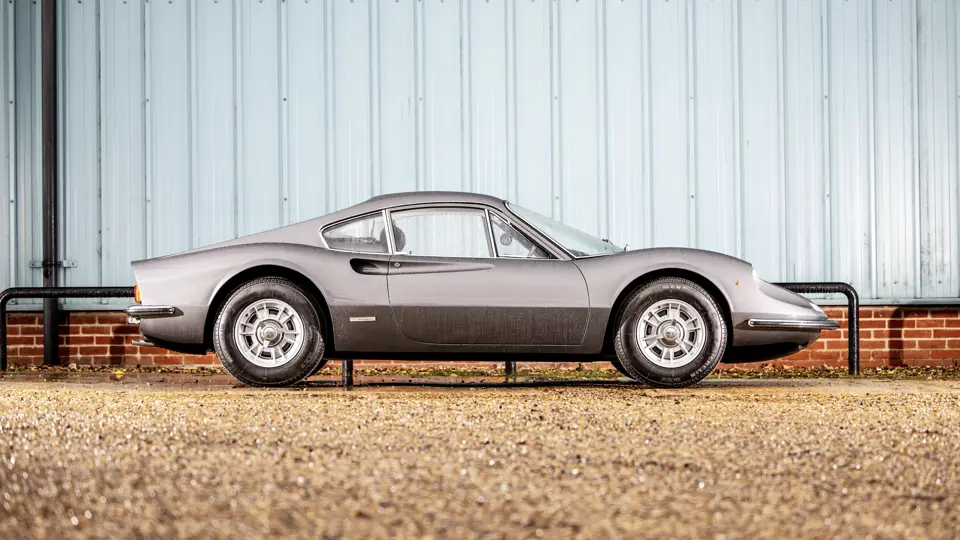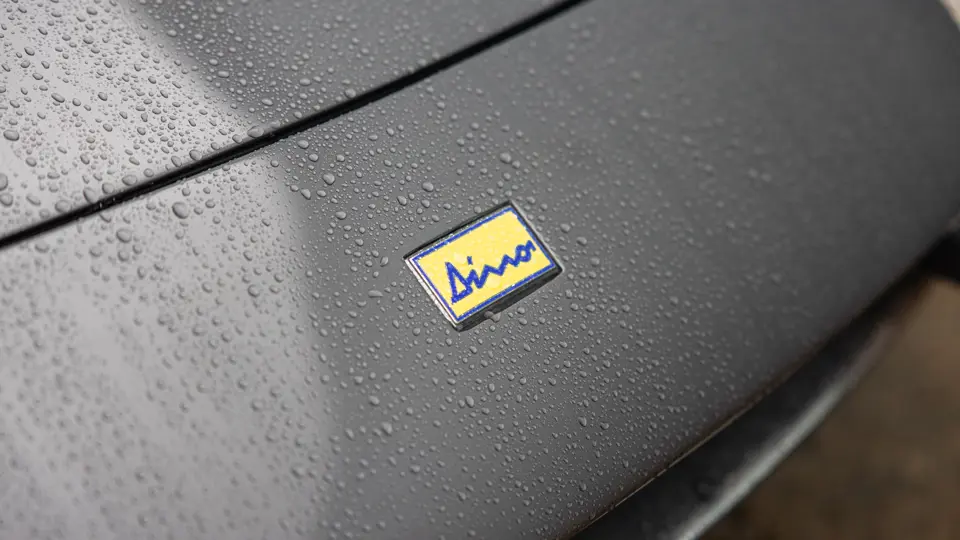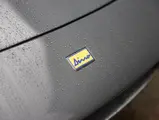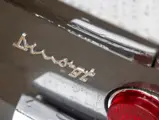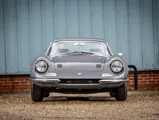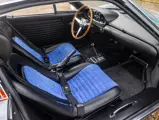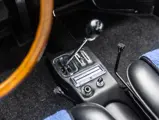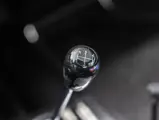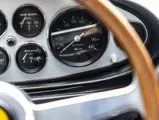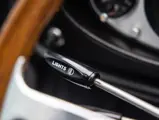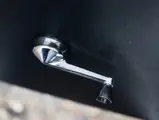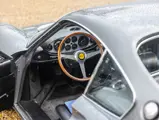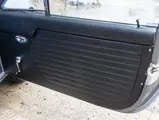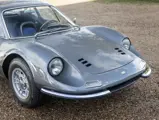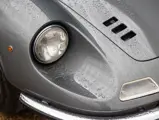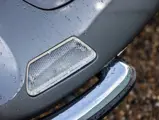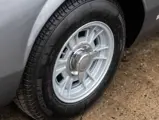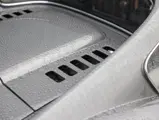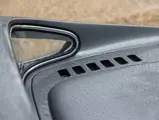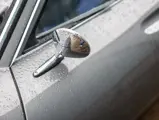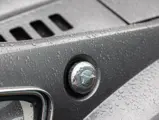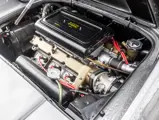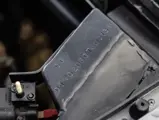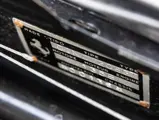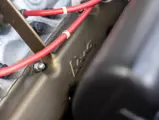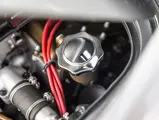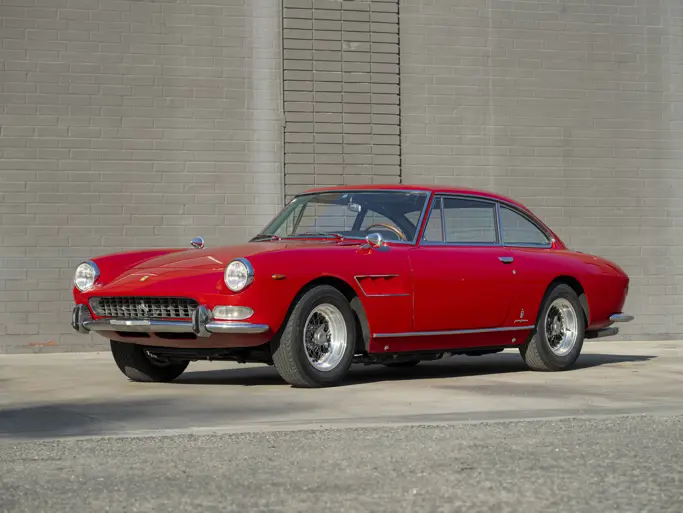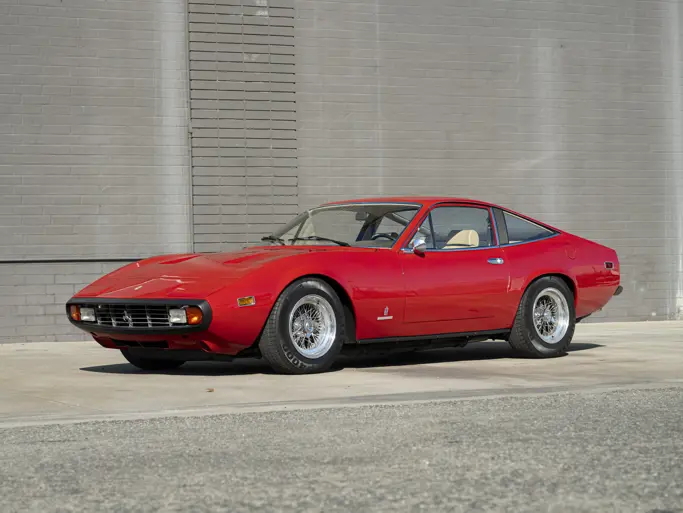
1968 Ferrari Dino 206 GT by Scaglietti
{{lr.item.text}}
$868,500 USD | Sold
{{bidding.lot.reserveStatusFormatted}}
- Believed to be the 18th of just 153 Dino 206 GTs produced, the shorter wheelbase, hand-built aluminum predecessor to the Dino 246
- Certified by Ferrari Classiche and accompanied by Red Book
- Concours-quality, three-year restoration by Dino Restoration of California, with full mechanical sorting by Dugan Enterprises of Oceanside, California
- Shown at the Palm Beach Cavallino Classic; multiple displays at the Concorso Italiano in Monterey, winning second in class in 2017
- Finished in Grigio Notte Metallizzato over black vinyl upholstery with Luppi blue cloth seat inserts
- Accompanied by a report from marque historian Marcel Massini, a tool roll, owner’s manual, parts book, Garanzia booklet, correct small-post jack, fire extinguisher, and FIAMM battery
When the first Dino-badged Ferrari made its debut in the mid-1960s, the idea of a junior Ferrari was not a new one. Enzo Ferrari’s eldest son, Dino, had been a passionate proponent of V-6 engine design. Indeed, the younger Ferrari is credited with designing the marque’s first V-6, though he would never live to see it. Diagnosed with Duchenne muscular dystrophy, Dino Ferrari is said to have worked tirelessly from his hospital bed as the disease ravaged his body. He tragically succumbed to it at 24 years of age in 1956, just one year before the engine premiered to great racing success.
After years of podium finishes with the “junior” engines, Enzo Ferrari, who had long desired a production car to directly challenge Porsche, charged his development team with designing a new car from the ground up, using the principals advanced by his beloved son. The resulting Dino 206 GT, was the company’s first production car with a mid-engine layout and the first to be powered by a V-6 engine, with “Dino” proudly cast in each camshaft cover.
In the Dino 206 GT, Ferrari manifested a true driver’s car, combining lightweight, all-aluminum construction—quite advanced for the time—with sublime handling, a singing powerplant, and timeless styling. Aldo Brovarone and Leonardo Fioravanti’s design vision was brought to life in the workshops of renowned Carrozzeria Scaglietti, where the sumptuous, flowing lines of the Pininfarina draughtsmen were formed entirely in alloy, making the 206 GT considerably lighter than the steel coachwork of its 246 GT successor.
His son’s dream come to life, Enzo saw it only fitting that rather than the revered Ferrari rampante stallion, it would be Dino’s own signature adorning the car’s nose. Today, the Dino 206 GT is regarded by many Ferrari connoisseurs as the more distinctive and important Dino model. It is also surely one of the rarest with around 150 of the hand-built, all-aluminum-bodied 206 GTs produced from 1968 to 1969, after which production shifted to the heavier 246 GT.
Chassis 00136, presented here, left Maranello’s workshops on 30 August 1968 for delivery to Crepaldi Automobili S.a.s. in Milan that same day. Originally finished handsomely in Rosso Chiaro over Nero vinyl seats with red cloth inserts, Crepaldi would sell chassis 00136 to its first owner Italo Musico just weeks later.
Musico enjoyed his Dino over the next four years before selling it in 1972 to Captain Don Grigg, an American serviceman stationed in Italy. After importing the car to the United States, Grigg sold his Dino to Charles “Chuck” Sadek in 1974 who would become the car’s caretaker for the next three decades.
In 2004, Sadek sold the car to Tom Shaughnessy of Oceanside, California who sold it to Mike Alexander of Newport Beach, CA that same year. Alexander enjoyed the Dino for two years before selling it to Frank Saucedo. Saucedo then sold the car back to Shaughnessy in 2008. Shaughnessy would then sell the car to Jon Gunderson of California.
Said to have been in exceptionally complete and original condition when acquired, Gunderson would embark on a full concours restoration in 2013. Over the next three years, Dino Restorations of California would strip the car to its bare alloy shell before painstakingly reassembling it on a rotisserie at a cost said to be in the mid-six figures. Dugan Enterprises of Oceanside, California would handle the mechanical sorting. Speedzone of Santee, California refinished the car in striking Grigio Notte Metallizzato before Dino Restorations installed a correct black vinyl interior with blue cloth seat inserts sourced from Italian upholstery shop Luppi.
After completion of the stunning restoration, Gunderson would display the car at the XXVI Palm Beach Cavallino Classic as well as enter it multiple times at the Concorso Italiano in Monterey, winning second in its class in 2017. He then sold the car to Mike Sheehan of Ferraris Online in 2018 who, in turn, sold the car to the consignor that same year.
Chassis 00136 certainly ranks among the finest, most correct Dino 206s in existence. The eye-catching black and blue interior is complimented by its all-vinyl dash (as opposed to the later “mouse fur” covering), wooden three-spoke steering wheel, and correct Dino 206 shift knob. The engine sports Magneti Marelli electronic ignition, the first Ferrari model to do so, and correct “Dino”-inscribed magnesium valve covers.
Other correct details include a tool-roll, FIAMM battery, 185/R14 Michelin MXV tires on 14-inch, knock-off Cromodora alloy wheels, an owner’s manual, Garanzia booklet, small-post jack, fire extinguisher, and Magneti Marelli windshield wipers.
Today, chassis 00136 presents as one of the finest of its type; a standout example among a select cohort, equally at home in a hairpin turn or standing proudly on the lawn at any Ferrari gathering.




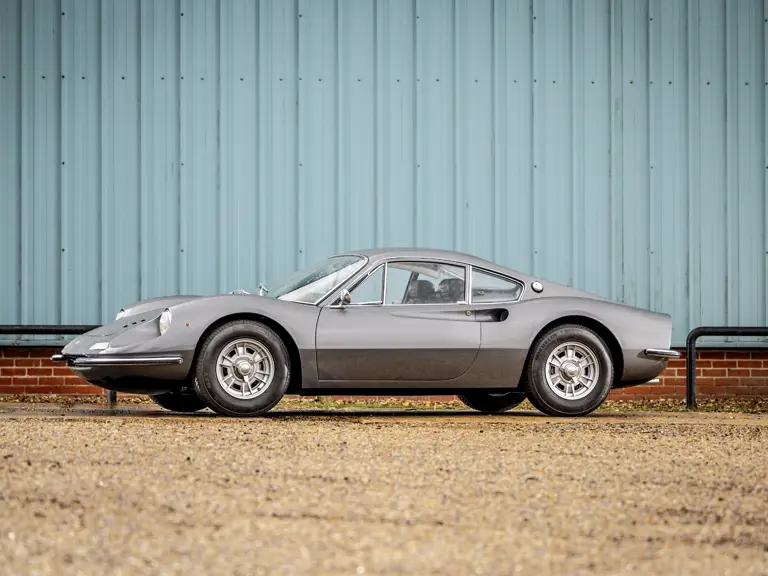
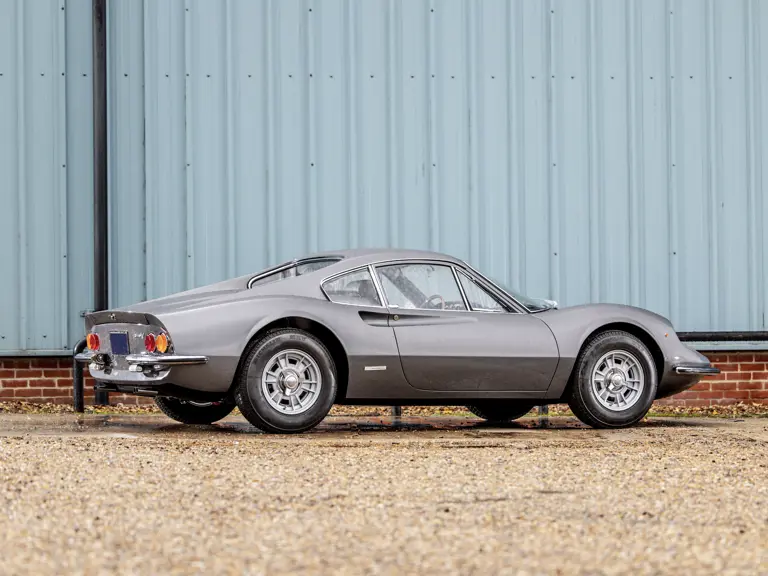

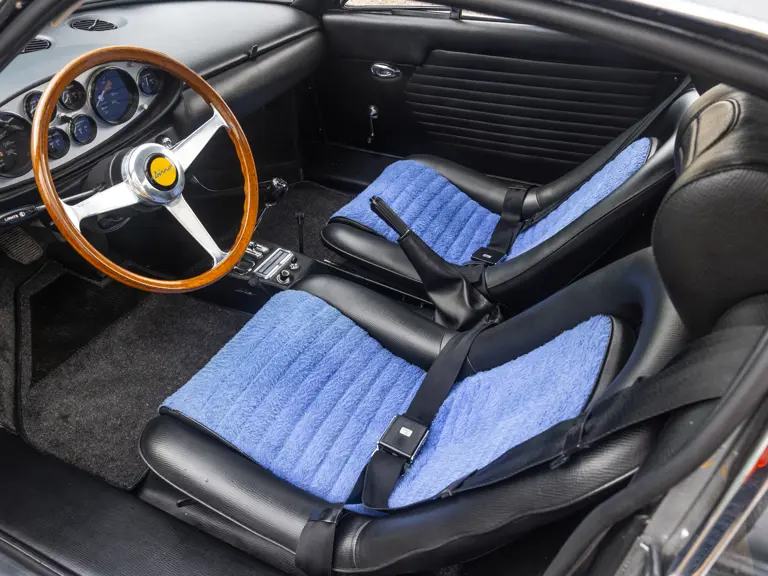
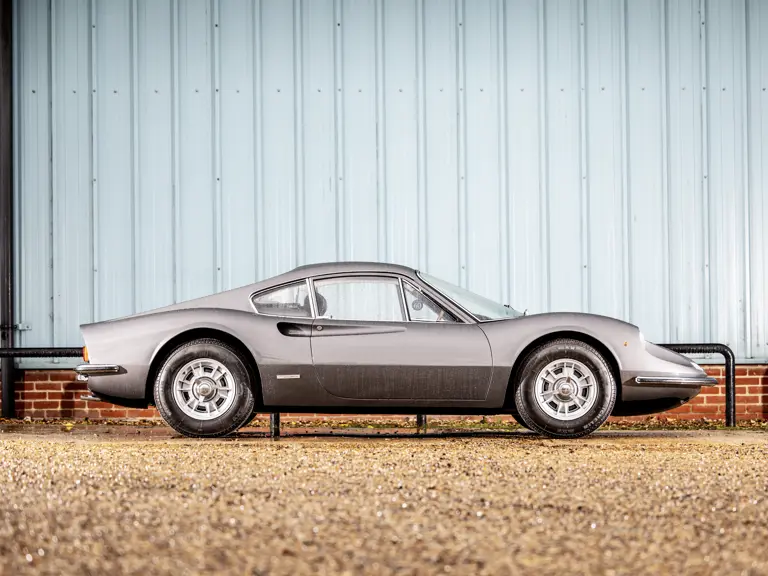



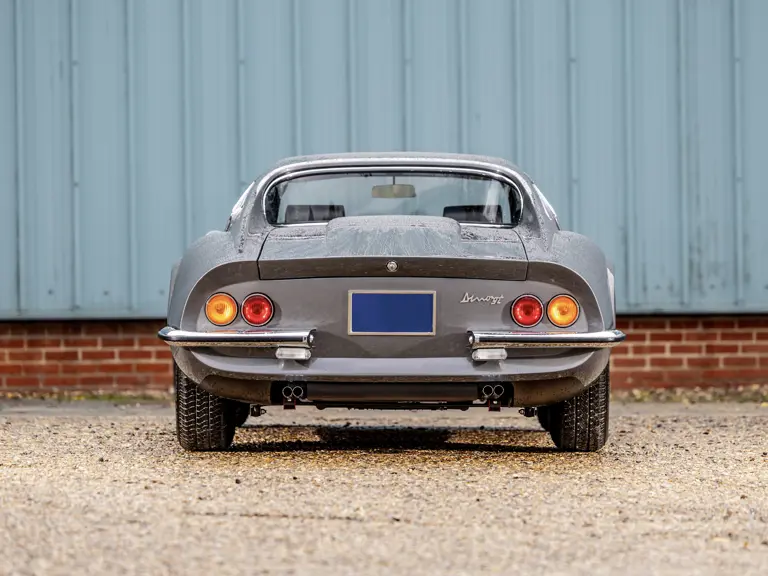
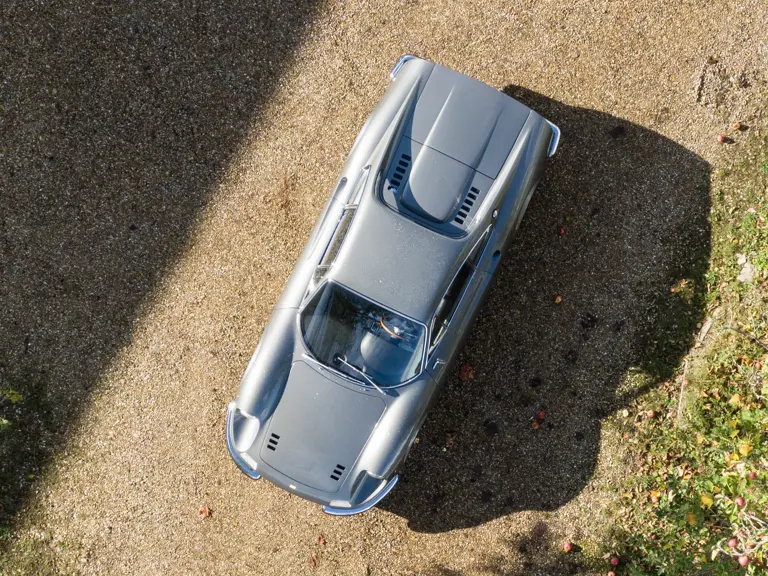
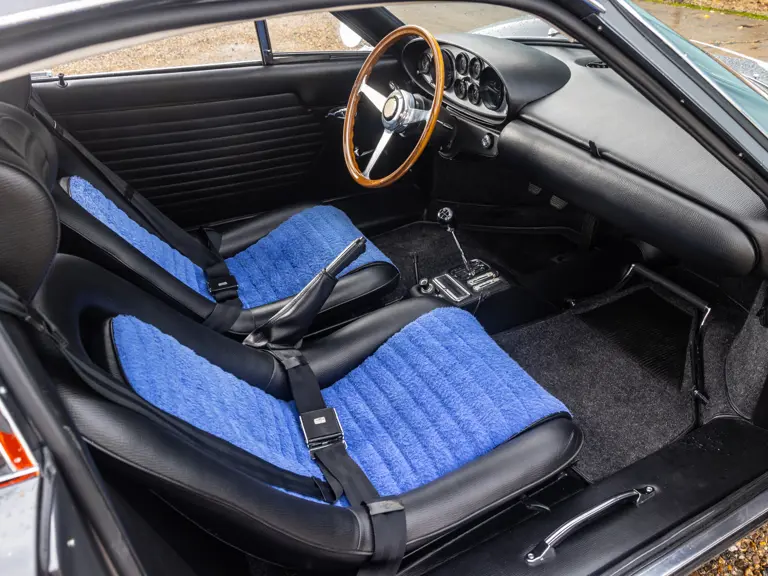
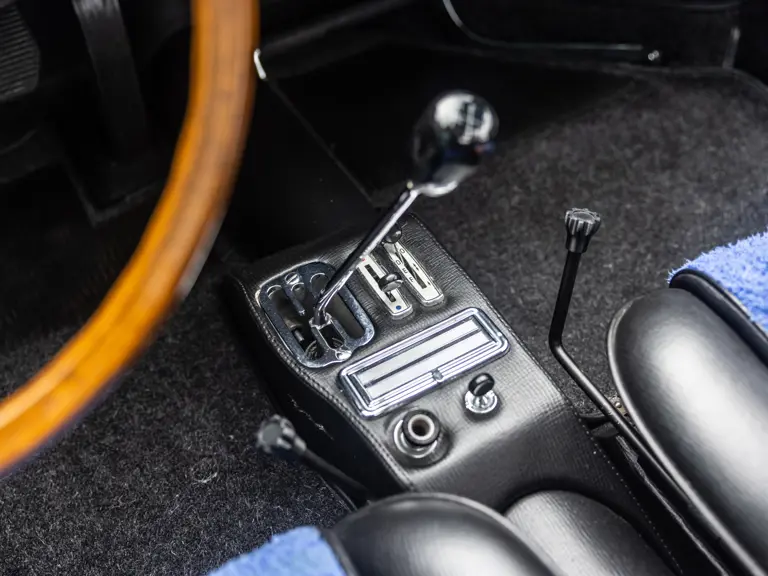

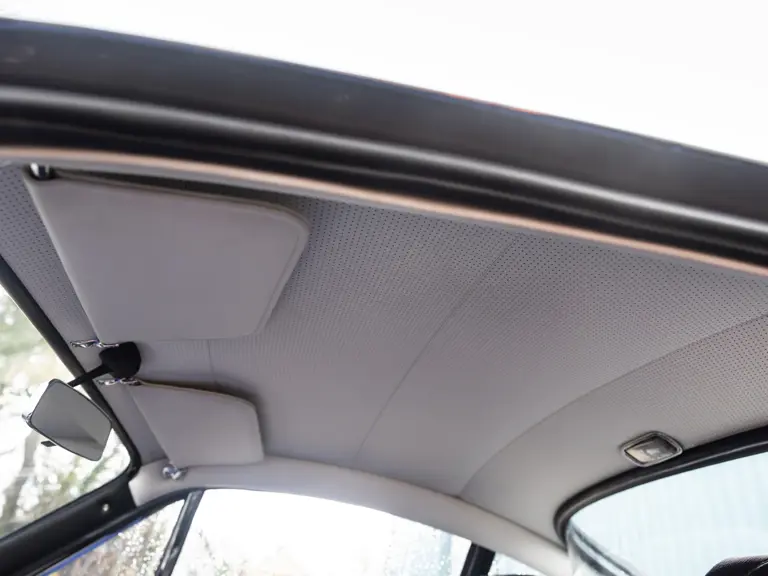
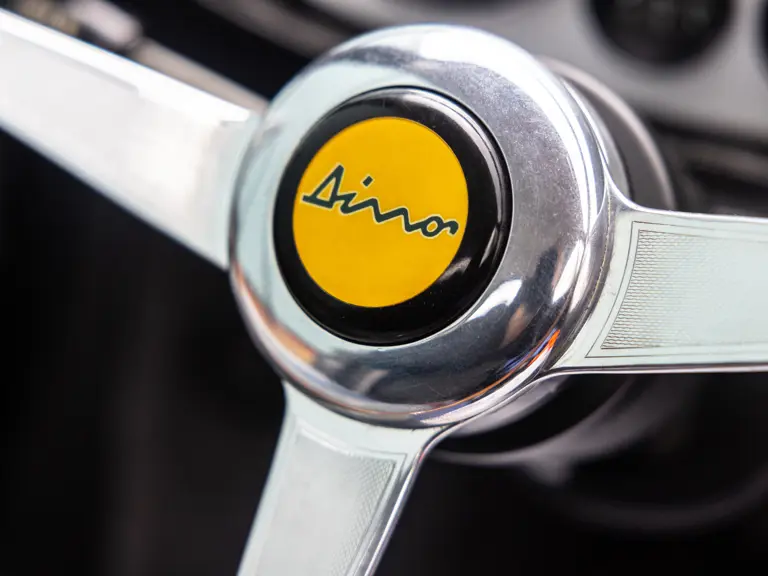

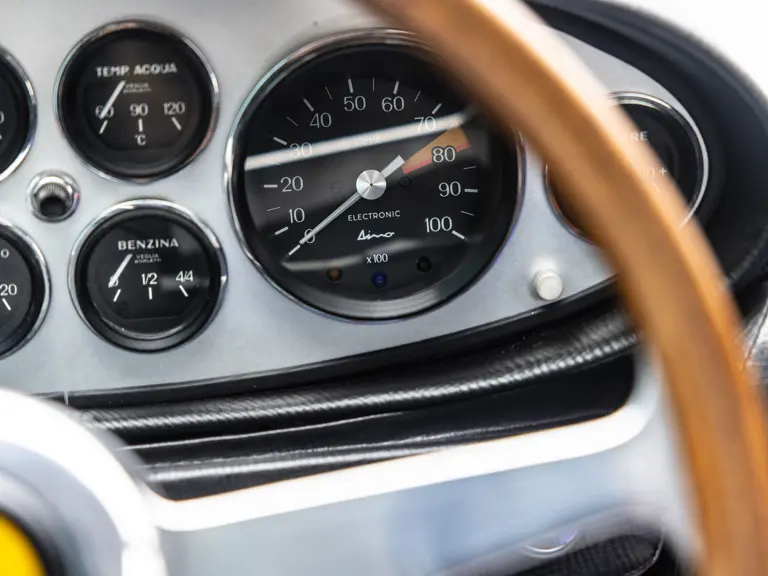
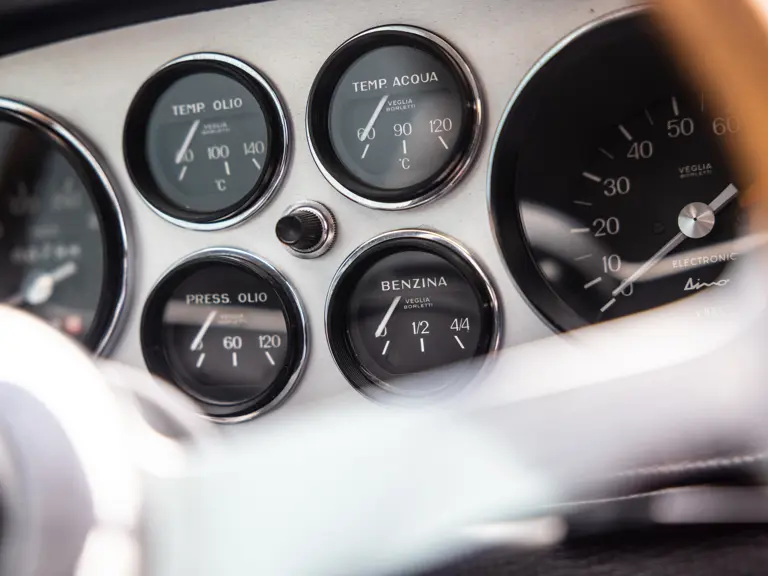

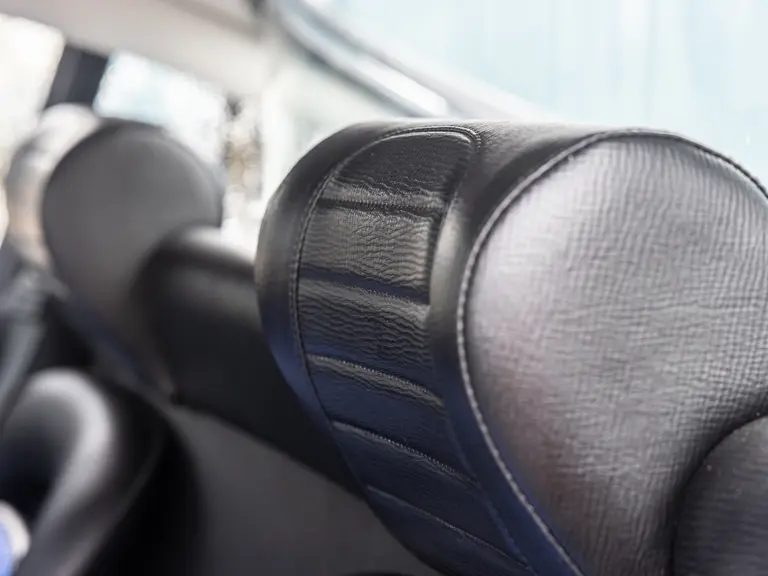

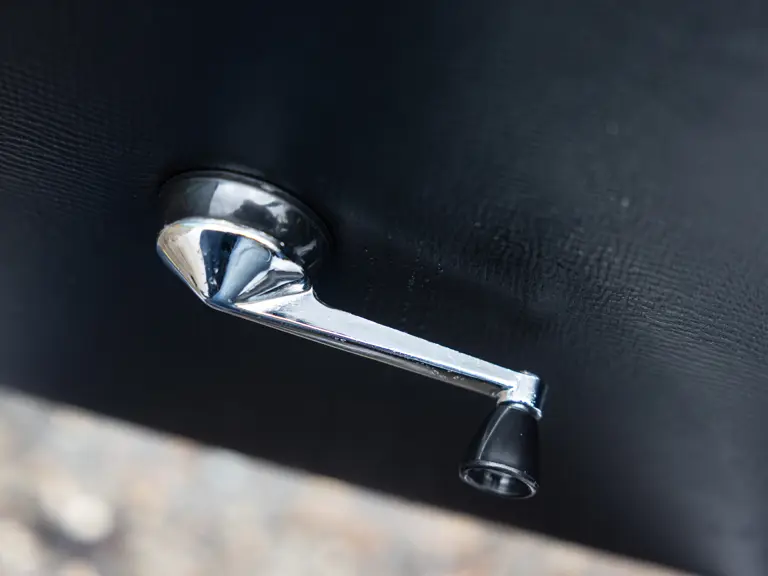



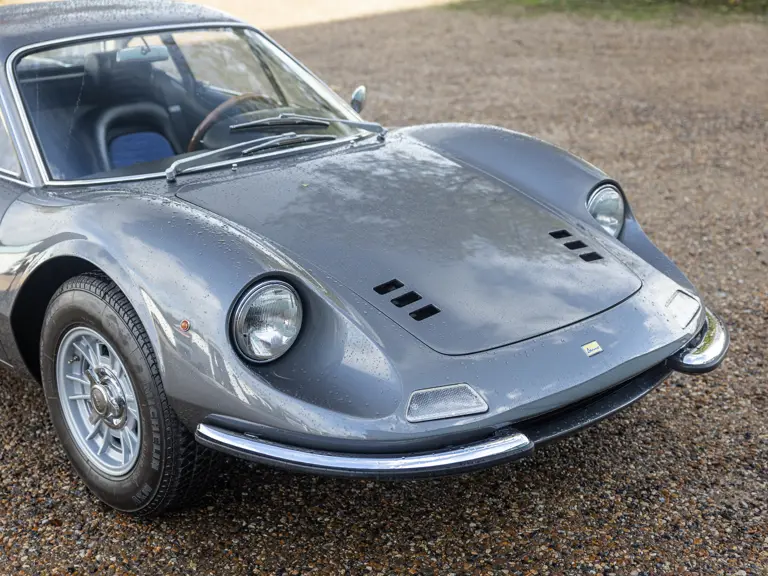
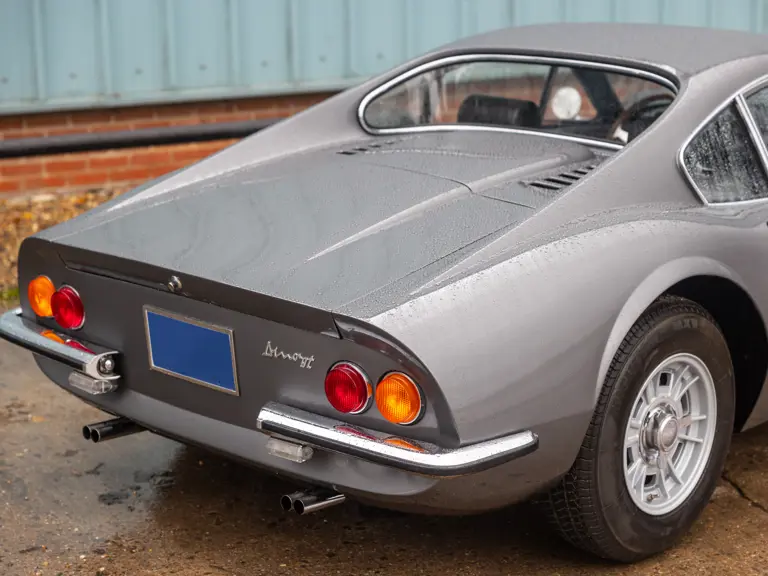
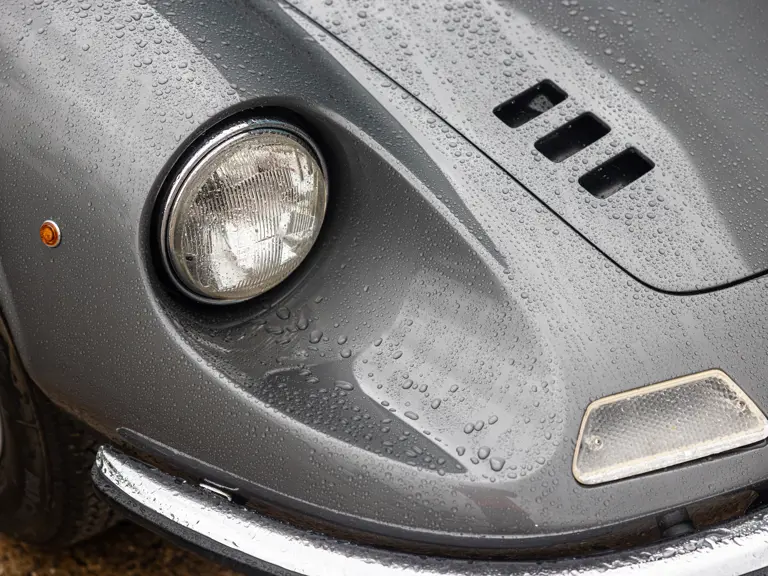



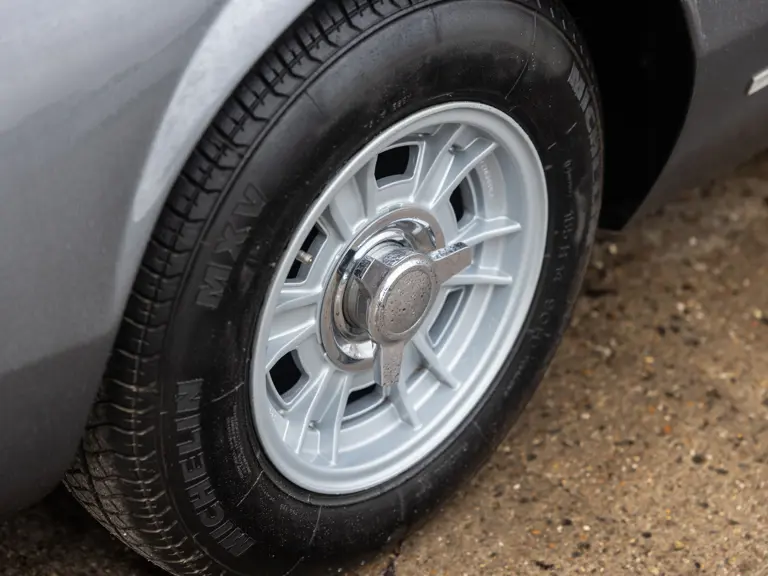
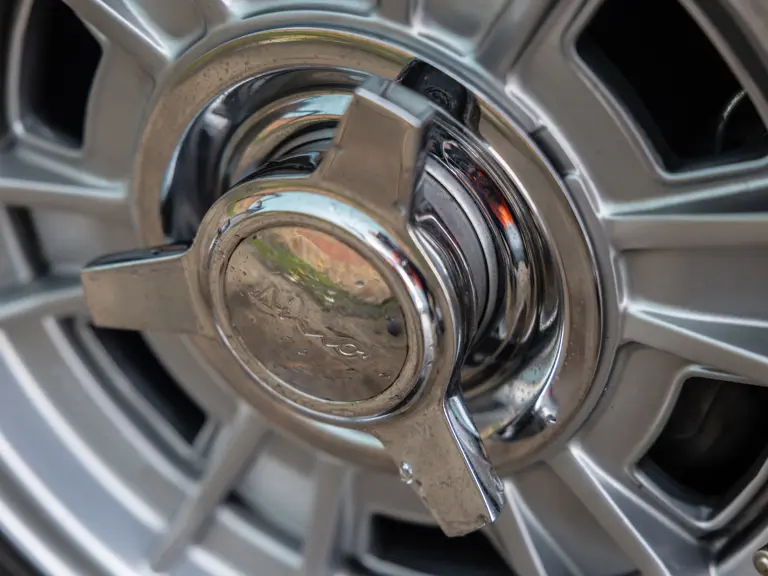



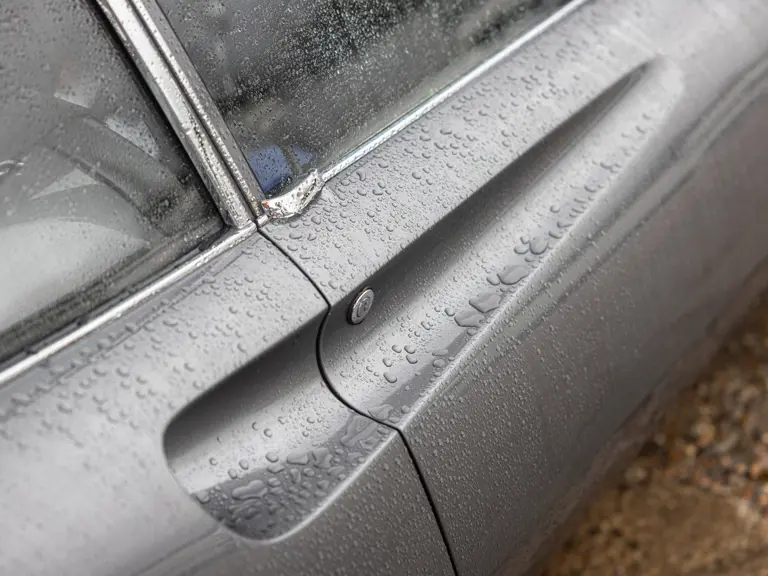

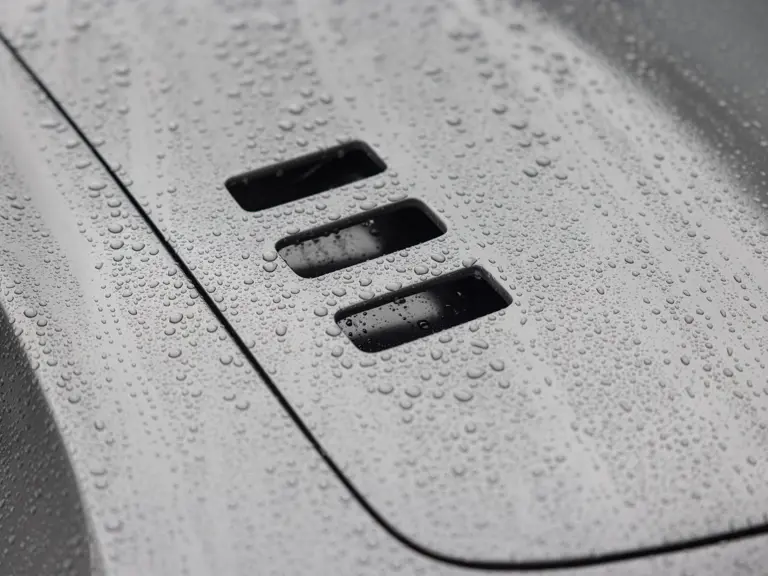


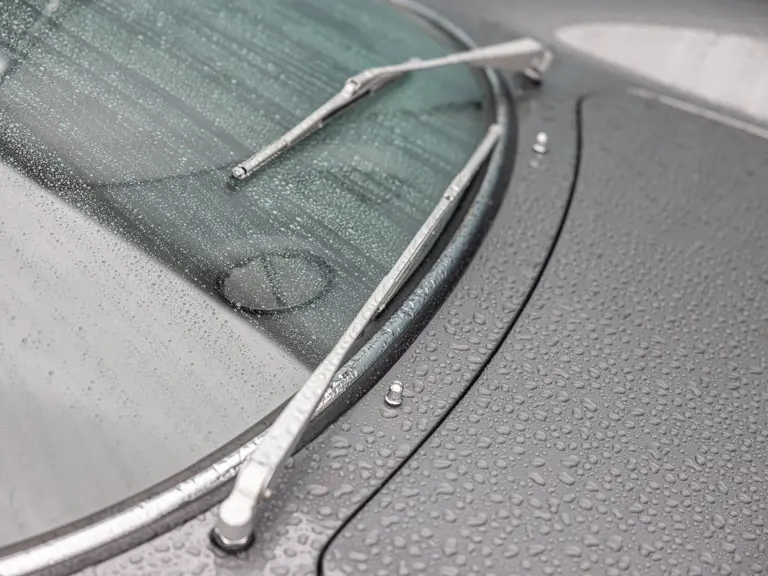
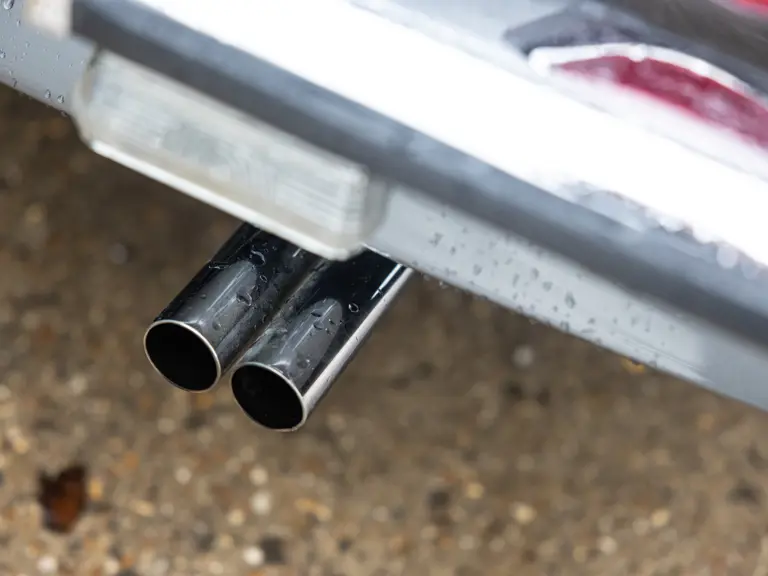
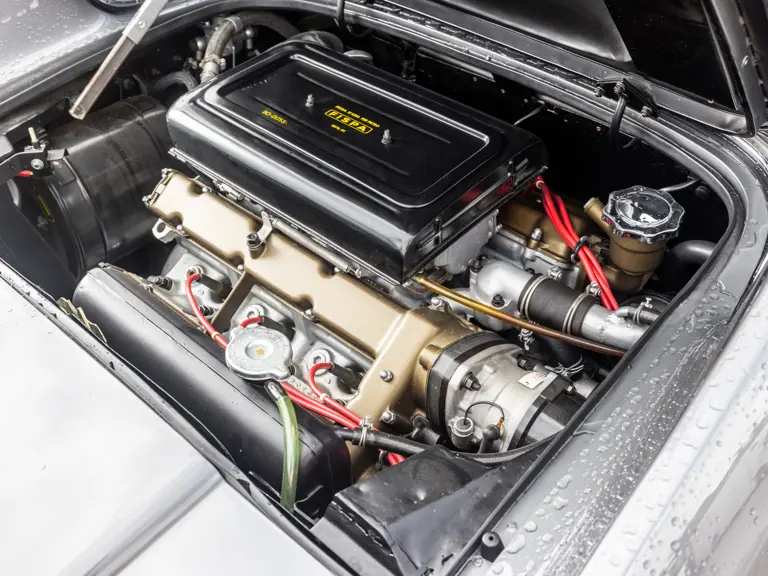


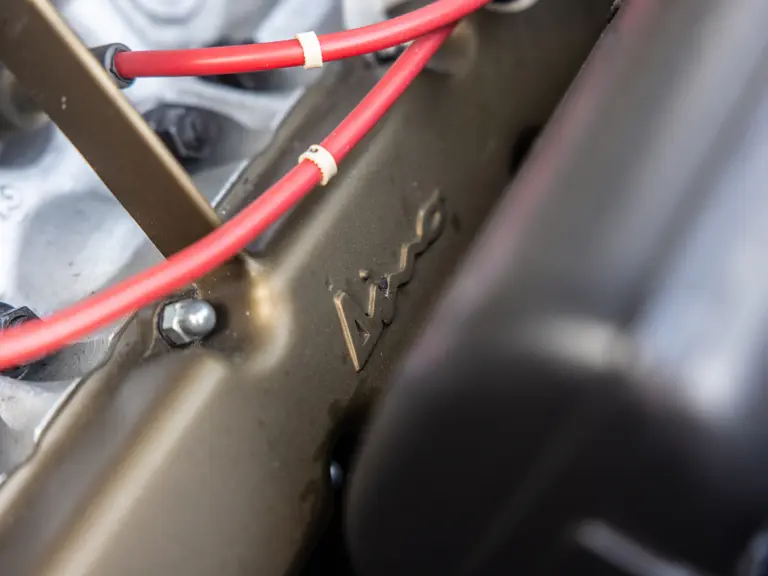
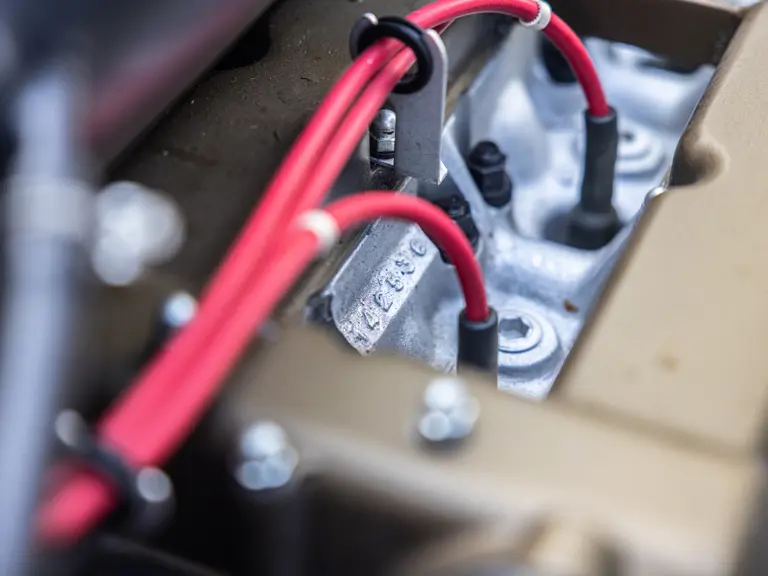
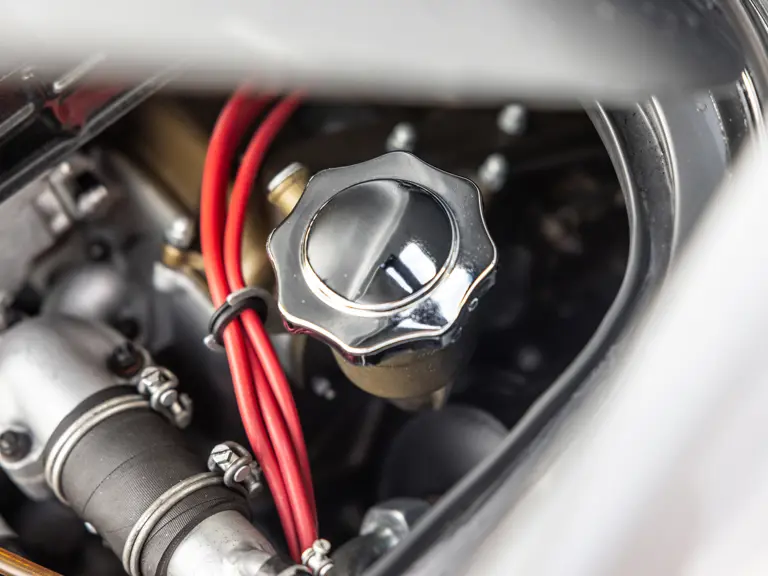
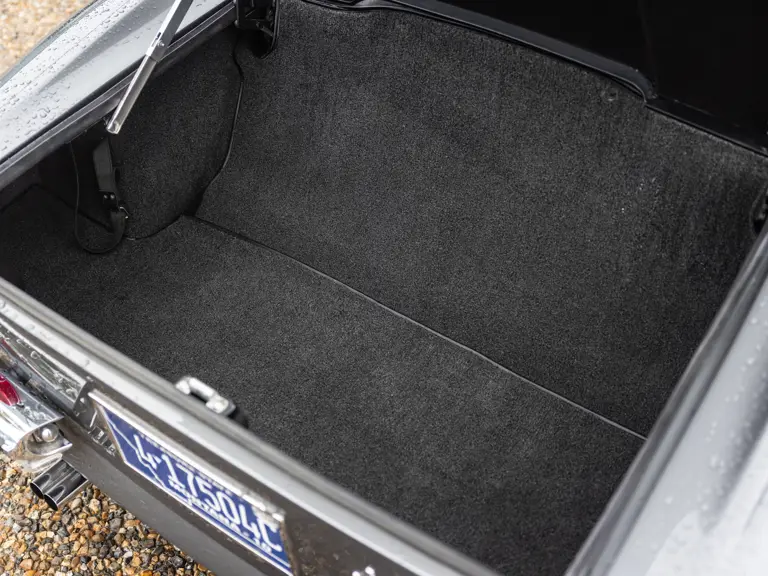
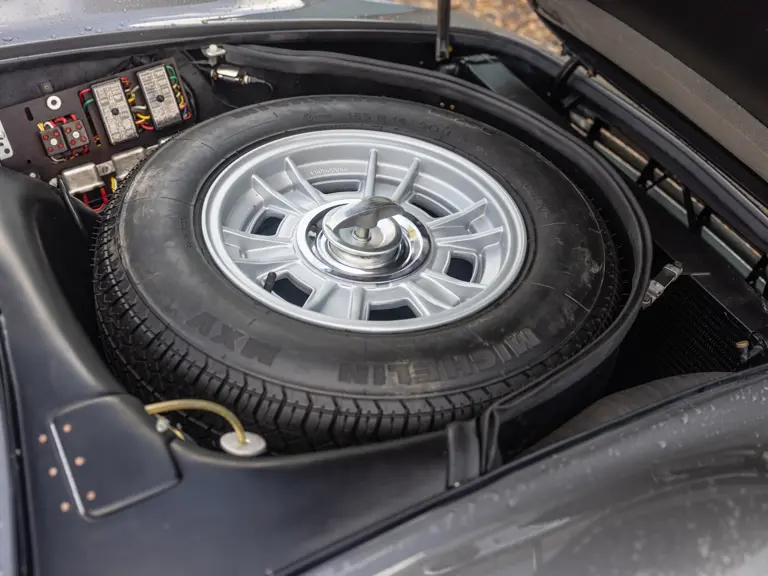
 | Amelia Island, Florida
| Amelia Island, Florida
